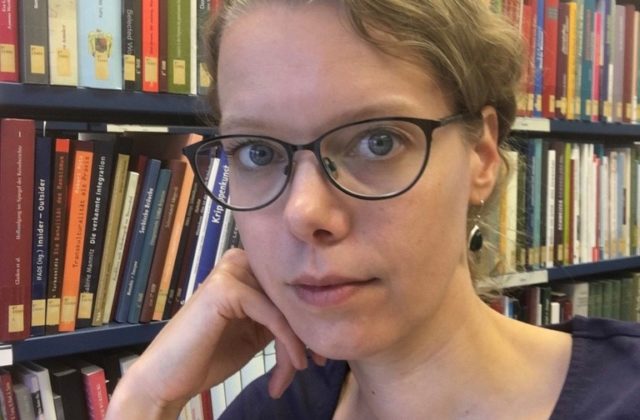Hendriksen, Marieke
NIAS-Descartes Theme-Group Coordinator

Beauty, Perfection and Hierarchies of Knowledge
Research Question
How did ideals of beauty and perfection shape hierarchies of academic and practical knowledge in the period 1750-1850?
Project Description
Marieke coordinates the theme group ‘Understanding Knowledge’ at NIAS. During their stay, the group wants to develop a better grasp of historical shifts in understandings of knowledge. Studying the period 1500-1900 is particularly relevant for doing so as it saw a number of long-term but fundamental shifts in understandings of knowledge. Over the past decades, a number of new approaches have emerged that can be combined with the traditional text-based approaches of conceptual history, such as material and visual analysis. In an edited volume, the group wants to offer a kaleidoscopic impression, rather than a complete survey, of the possibilities these new approaches offer for the future of the history of knowledge.
Selected Publications
M.M.A. Hendriksen, “Animal bodies between wonder and natural history: taxidermy in the cabinet and menagerie of stadholder Willem V (1748-1806)”, Journal of Social History, Volume 52, Issue 4, Summer 2019, 1110–1131.
M.M.A. Hendriksen, “Casting life, casting death: connections between early modern anatomical corrosive preparations and artistic materials and techniques,” Notes and Records. The Royal Society Journal of the History of Science, Vol. 73 No. 2, April 2019.
M.M.A. Hendriksen, Elegant Anatomy. The Eighteenth-Century Leiden Anatomical Collections. Leiden/Boston: Brill, 2015.
-

-

-
 Fellow
FellowBod, Rens
-
 Fellow
FellowMarr, Alexander